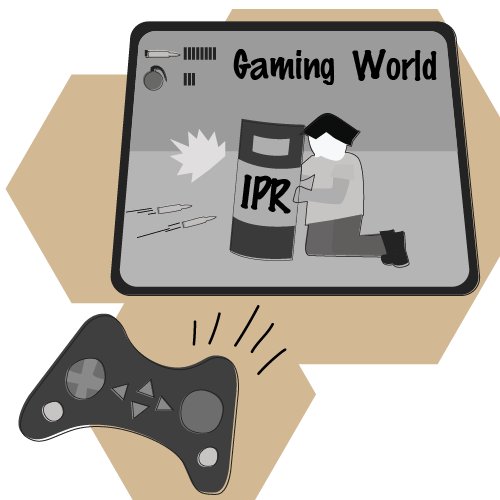Role of IPR in Gaming Industry

In recent years, the gaming industry has experienced unprecedented growth and transformation, solidifying its position as a pivotal player in the global economy. This surge in prominence brings with it a host of challenges and opportunities, particularly in the realm of Intellectual Property Rights (IPRs). This article delves into the multifaceted role that IPR plays in shaping and safeguarding innovation within the gaming sector. The study meticulously explores the application of copyright law in game development, distribution, and protection, while also dissecting the impacts and challenges associated with trademarks, patents, and trade secrets. Beyond these legal frameworks, the article further examines how IPRs foster creativity, attract investments, and stimulate competition within the dynamic gaming industry. As new challenges and opportunities arise in the fields of user-generated content, virtual reality, and digital distribution platforms, it is essential for stakeholders, policymakers, and industry participants to have a clear grasp of IPRs and their implications.
Patents: This kind of intellectual property safeguards an invention’s technical features and ensures that the creator has the sole right to investigate a product or method for commercial purposes for a maximum of 20 years. This implies that no other party may release a process or product that is identical to the one covered by the patent right in terms of technical aspects and place it on the market. Video games are typically not eligible for patent protection because they are software, however if an invention is a technological solution to a technical problem, it may still be possible to protect it with a patent for its technical aspects related to videogames. Some examples of patents related to video games are the following: KONAMI CO., LTD. obtained a European patent EP0844580 for the mini-map system that shows the position of the players in their football simulator game. NINTENDO CO., LTD. secured a European patent EP1078664 for the computer program that created creatures based on the device’s time and a variable probability, allowing different creatures to appear in the same game area at different times of the day. Another type of patent related to video games is the one that protects the game engine, which is the core software that runs the game. For example, EPIC GAMES, INC. has a European patent EP1637520 for a game engine that supports dynamic lighting and shadowing effects. These patents demonstrate how some technical aspects of video games can be protected by intellectual property rights.
Trademarks: In the gaming industry, trademarks serve as a linchpin for creators and consumers alike. These distinctive signs, encompassing words, images, or a combination, not only identify the origin and quality of videogames but also cultivate a lasting relationship between consumers and developers. As a vital intellectual right, trademarks, with a tenure of 10 years extendable in 10-year intervals, stand as a trifecta—enabling correct identification, ensuring product quality, and fostering brand loyalty.
Industrial Designs: The canvas of Intellectual Property Rights in gaming expands to include industrial designs. Protecting the appearance rather than technical functionality, these rights cover visuals ranging from in-game characters to covers and graphic interfaces. Such registrations not only secure exclusive usage but also deter unauthorized replication, forming a bulwark against exploitation within the gaming industry.
Copyrights: In the vast landscape of the gaming industry, copyrights emerge as a pivotal aspect, providing a comprehensive shield for the diverse and creative elements that constitute a video game. Unlike patents and trademarks, copyrights don’t require formal registration, although it is advisable for evidentiary purposes. This section aims to elaborate on the multifaceted role of copyrights within the gaming domain, as per the information provided.
Comprehensive Protection: Copyrights in the gaming industry extend their protective umbrella across a spectrum of creative works that collectively form a video game. From the narrative scripts and in-game dialogues to the source code governing the game’s functionality, copyrights ensure the exclusive rights of the creators. This expansive coverage encapsulates video graphics, including game graphics and cut scenes, as well as musical compositions, covering the entire soundscape within the game, from soundtracks to sound effects.
Written Works: One facet of video game copyrights includes the protection of written works, which encompasses not only the overarching storyline but also the intricate details of conversations between characters and the underlying source code. This dual protection underscores the importance of narrative elements and the technical underpinnings of a game, both contributing significantly to the overall gaming experience.
Video Graphic Works: Video graphics play a pivotal role in the visual appeal of a video game. Copyright protection in this realm safeguards not only the game graphics that users interact with but also the visually captivating cut scenes. This protection ensures that the unique visual elements contributing to the game’s aesthetic appeal remain the exclusive domain of the creators.
Musical Compositions: Sound design is integral to the immersive experience of a video game. Copyrights extend to cover the musical compositions within a game, spanning from background soundtracks that set the mood to the nuanced sound effects that enhance the gaming experience. This protection recognizes the artistic contribution of composers and sound designers to the overall ambiance of the game.
Graphic Works/Drawing: The creative process in game development often involves concept art, sketches, and other graphic works that contribute to the visual identity of the game. Copyright protection in this domain safeguards these graphical elements, ensuring that the unique visual style and design choices made by the creators remain exclusive to the original work.
Performance of Actors: In a unique twist, the performances of actors, whether voice actors or animation actors, also fall under the umbrella of copyright protection. While this right is often categorized as a related right in Portuguese copyright law, it signifies the recognition of the collaborative effort involved in bringing characters to life within a video game.
Legal Landscape in India: The notable ruling on copyright in video games in India starts with the case of Sony Computer Entertainment Europe Ltd. v. Harmeet Singh, 2012 SCC OnLine Del 6505. Under Section 65A of Copy Right Act, the Delhi High Court granted an interim injunction against the defendants for copyright infringement for altering PlayStation systems to facilitate the sale of pirated games and for selling these games without a licence. The Delhi High Court issued an injunction against the defendants for copyright infringement under Section 65A of the Act because they modified PlayStation systems to make pirated games easier to sell and because they sold these games without a licence and probably a significant milestone in the protecting the copy right in Video Games.
One another instance, where the Delhi High Court denied the copyright protection requested by the plaintiff for the charge of infringement against the Defendant for its game “Scrabble” in Mattel Inc. and Ors. v. Jayant Agarwalla 2008 (153) DLT 548. The Plaintiff claimed that the Defendant had imitated the game using the exact same design, layout, and tile colour under a different name. The Court explained that the requirement for “originality” was absent and noted that the Plaintiff would not be entitled to copyright protection merely by rearranging the tiles or altering their colour referring the Eastern Book Company & Ors. v. D.B. Modak & Anr., AIR 2008 SC 809, wherein it was decided that a work shouldn’t just be a mechanical exercise and that there needs to be some judgement and ability applying the philosophy of one’s idea’s limited expression option protection, would entail protecting all of them, thereby restricting the freedom of expression.
While video games are not directly affected by the Mattel case, the idea behind the ruling could have implications for them in the future. Consequently, a variety of video games can be utilised with this merger concept. Golf balls and golf clubs cannot be protected in golf games, but the bat and ball are in cricket matches. Since they are common elements, they are not protected by copyright.
As the gaming industry continues its dynamic trajectory, the role of Intellectual Property Rights becomes increasingly intricate and paramount. From patents safeguarding technical innovations to trademarks fostering consumer relationships and copyrights enveloping the entirety of a videogame, the legal landscape is both diverse and evolving. The Indian judiciary’s inclination towards creating an ideal protective system for the gaming industry signifies a crucial step towards acknowledging and addressing the unique challenges posed by this rapidly advancing sector. In this complex interplay of innovation, creativity, and legal frameworks, a nuanced understanding of Intellectual Property Rights emerges as a cornerstone for sustaining and propelling the gaming industry forward.

